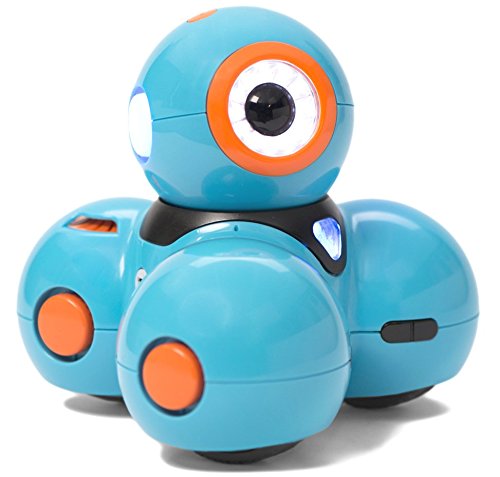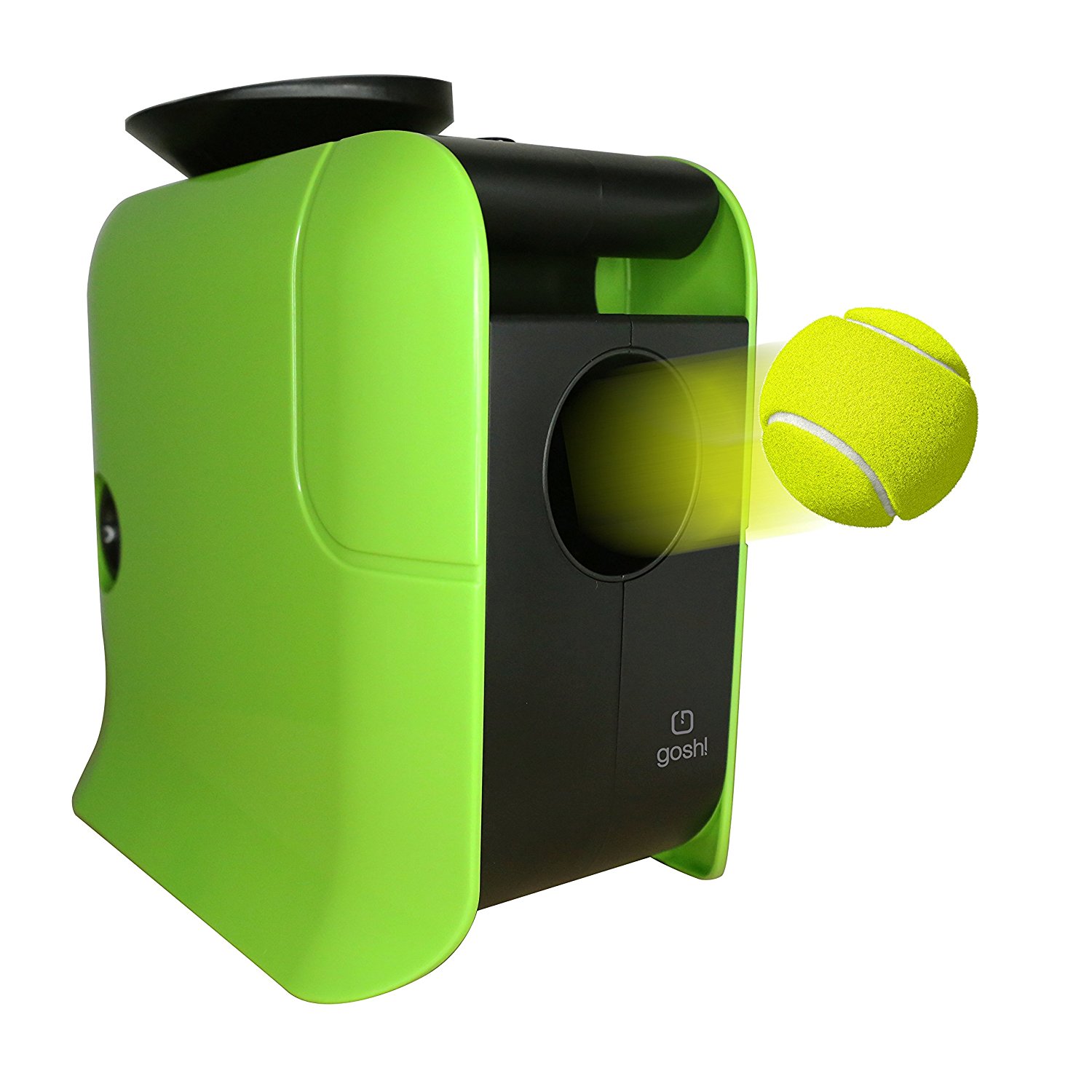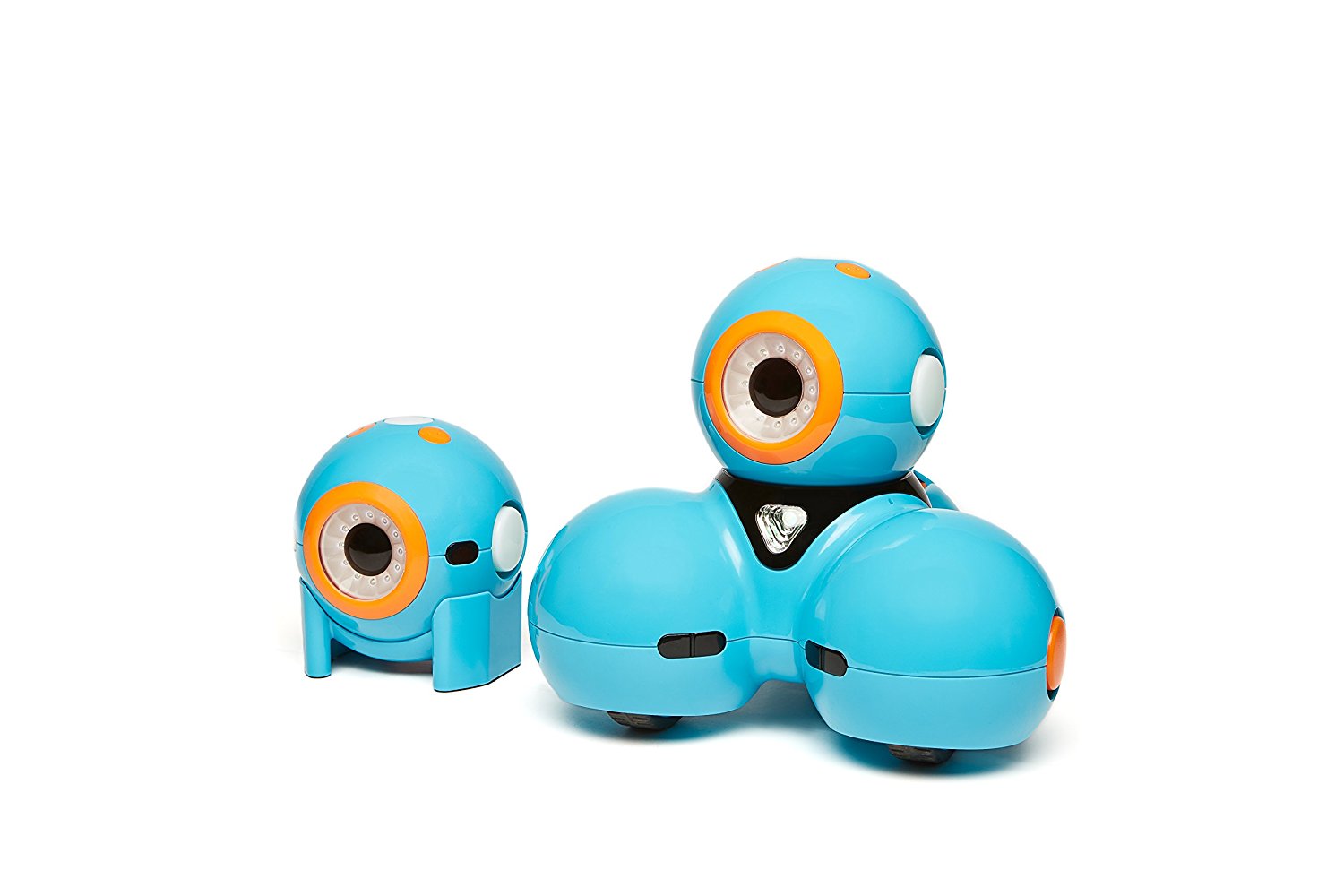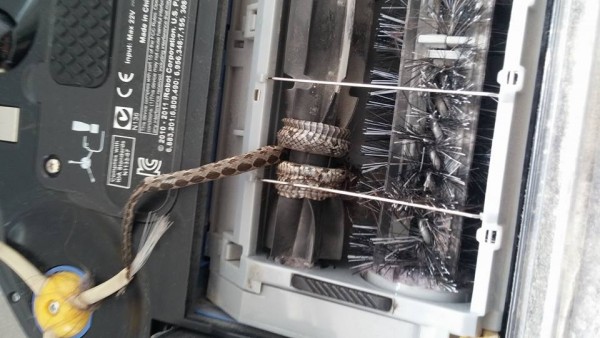Sci-fi movies love to portray the future as some robotic filled universe where the work of humans are replaced by magnificent machines that can do the work in twice the time and double the efficiency. The truth is that while machines can replicate rote jobs, they can’t fully replace the cognitive efficiency and logic of a human, especially in medicine.
Robotics have made some recent advancements in this area to complement and aid the work of surgeons and their surgical technologists in the operating room. Even though they have been able to lead to new advancements in medicine, they don’t fully replace the man or woman behind the scalpel. They enhance their work. They make it more accessible and less intrusive than traditional surgery. They achieve greater efficiency by enhancing the talents of the surgeon and technologists operating them. These advancements in robotic medicine and surgical procedures are also pretty damn cool, too.
Replicating The Hands
One of the toughest challenges to implement robotics into any medical field is replicating the hands of its human counterpart. The fingers of a robot might be stronger and more agile but they lack the delicate touch of a doctor, especially in surgery.
The da Vinci System not only has robotic hands that can perform complex surgeries on a human patient, but they are also controlled by an actual surgeon that mimics their movements to do the cutting and sewing for them with minimal invasiveness, controlled by a remote that provides a three-dimensional view of the patient’s body. The system is among the first to bring robotics into the operating room, but it has become the target of criticism in recent years by medical experts for not advancing fast enough to meet the growing needs in medical technology or replicating a surgeon’s needs entirely to merit further implementation.
Extra Hands
In these days of economic uncertainty and ridiculously high government spending, some might wonder why billions of dollars are being poured into the budgets of NASA, an agency dedicated to advancements in space exploration, when there are plenty or problems that need addressing on our home planet.
Believe it or not, the study of the stars and other parts of the universe can actually have some useful applications here on Earth. For instance, their AESOP (Automated Endoscopic System for Optimal Positioning) arm is used to fix satellites and inspect other space exploration technology from spacecraft or even from Earth during space missions. The same technology from the AESOP has been evolved to the ZEUS system that allows surgical technologists to perform endoscopic procedures with precise detail and robotic dexterity by using the AESOP’s technology to hold the camera in place during complex procedures.
Robots On The Inside
Cardiac surgery can be one of the most invasive operations in the medical field. It is not only risky and dangerous but can require weeks of recuperation.
One robotic solution to bypass surgeries comes in the form of a groundbreaking procedure that uses a tiny robotic device to fix the problem internally. A robotic arm operated by a surgical remote control drives a long surgical tube into the patient’s heart to correct “faulty tissue fibers” without the risks and invasiveness of typical open heart surgery procedures. It also takes half the time to complete (the first one took just one hour total) and reduces the amount of time the patient needs to recover from the surgery in the hospital. This not only makes the patient more comfortable, but it can also reduce the time and cost hospital spend on meeting the financial needs of these complex procedures.
“Haptic” technology
Implementing any kind of robotic device or a machine into a medical field might seem like an easy way to increase efficiency at half of the cost, but it can also lack human qualities such as touch.
Researchers at Johns Hopkins University have been looking to replicate this lacking quality in surgical robotics by giving them a “haptic” quality or the ability to sense touch such as in the aforementioned da Vinci system. This added quality isn’t met to take the place of a surgeon. It’s meant to give them a better way to focus their efforts during medical procedures since, according to Johns Hopkins Mechanical Engineering Associate Professor Allison Okamura noted in an interview with ScienceDaily, “The sense of touch is important to surgeons. They like to feel what’s happening when they’re working inside the body…It’s like operating with chopsticks that have grippers on the end.”
This article has been a guest post provided by Greg Voakes.










